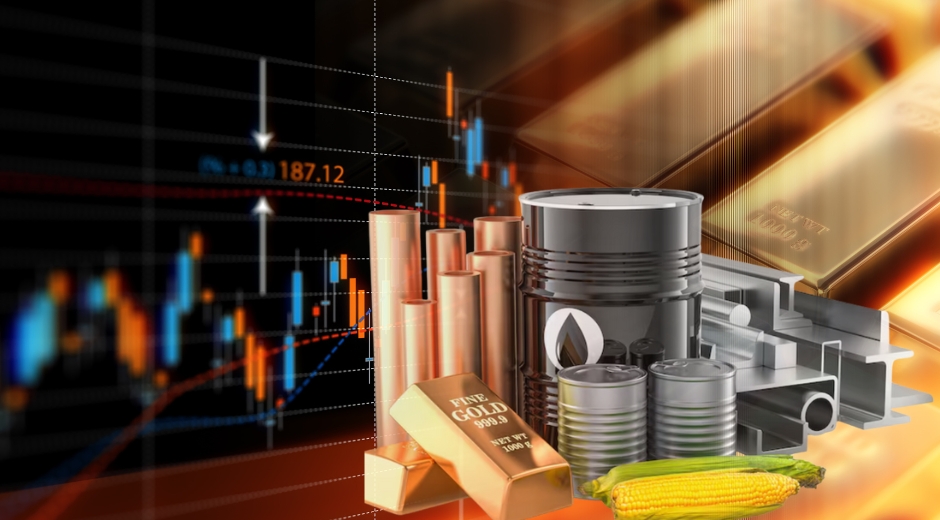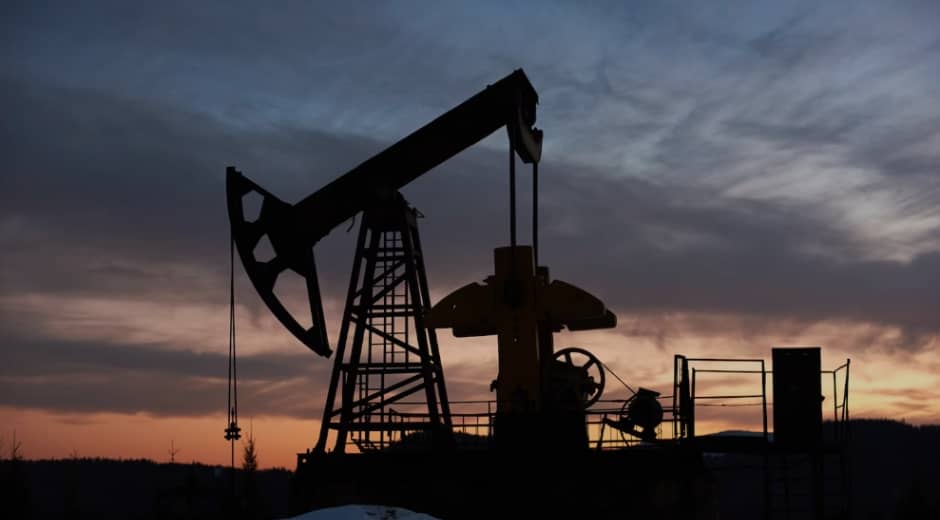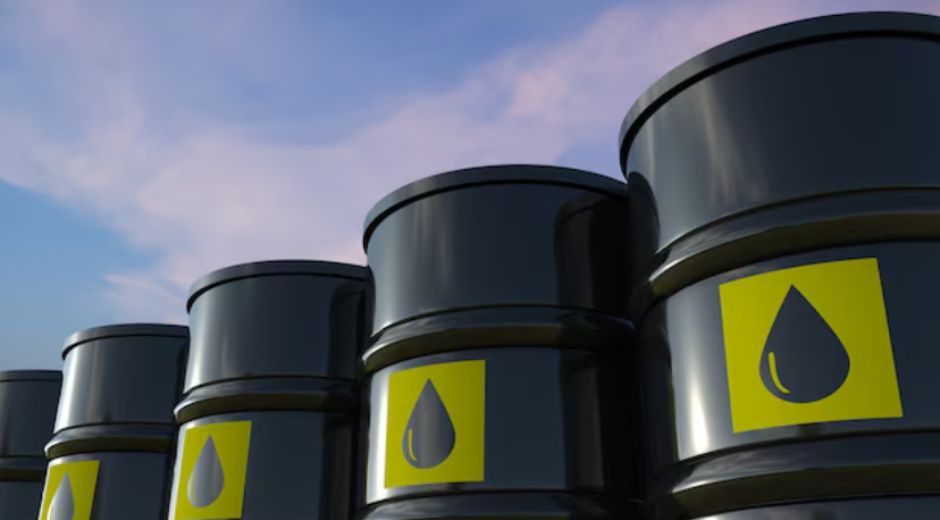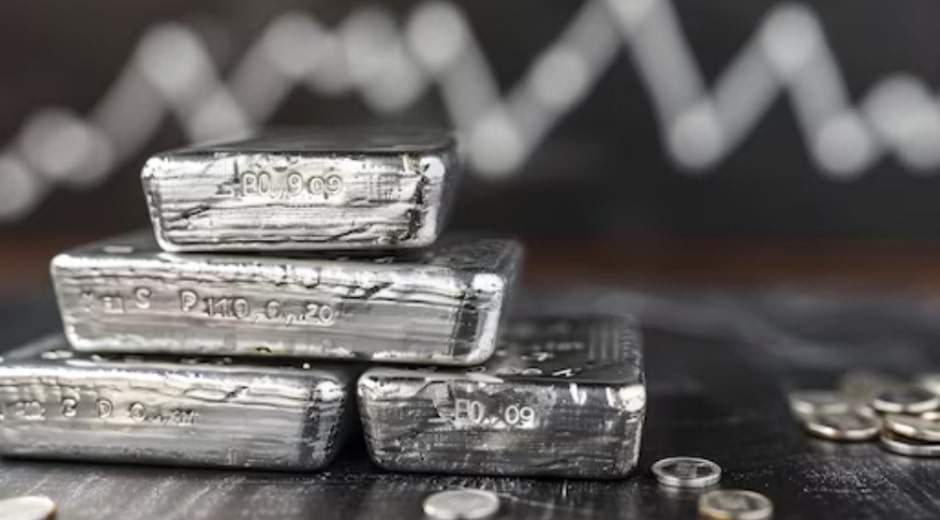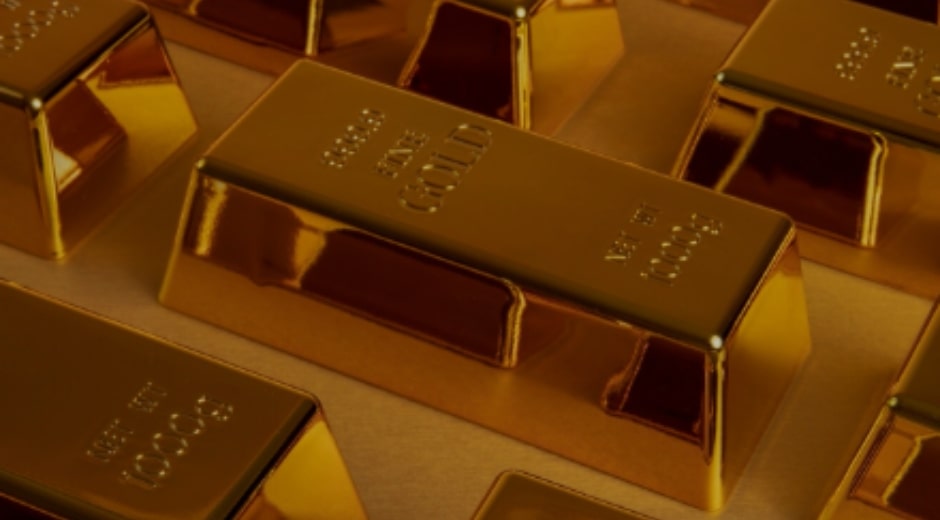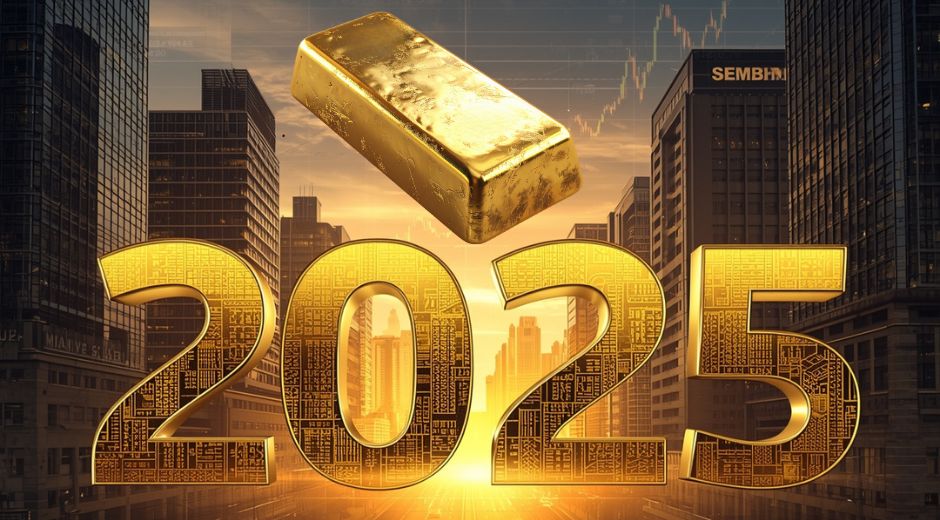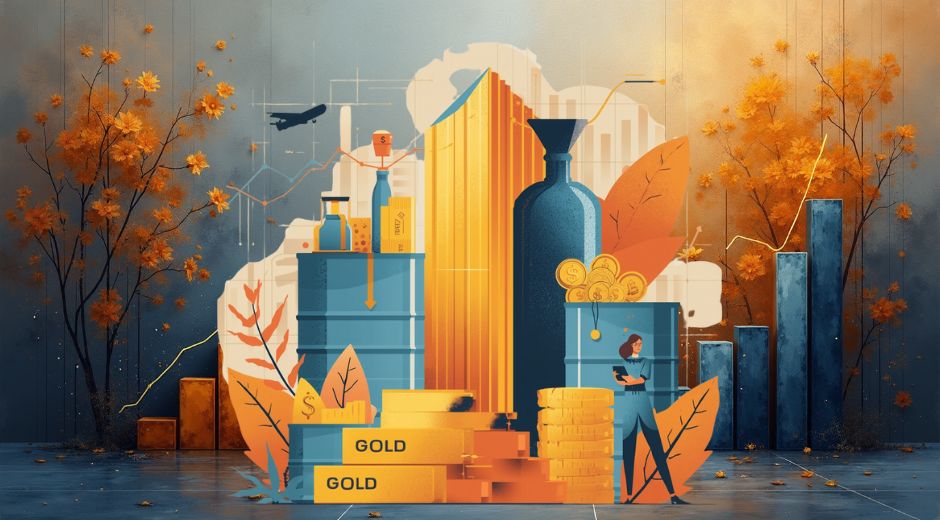Shimmering Fortunes: How the Precious Metal Market Is Evolving in 2025
The world of precious metals has always held a unique place in global finance. From gold and silver to platinum and palladium, these metals have been both a store of value and a hedge against economic uncertainty. As 2025 unfolds, the precious metal market is undergoing transformative changes, influenced by geopolitical shifts, technological innovations, and evolving investment trends.
In this article, we explore the current state and future outlook of the precious metal market, including supply-demand dynamics, emerging investment strategies, and key factors shaping its evolution.
A Milestone Breakout Years in the Making
The $50 level has long been a psychological barrier for silver. It was last touched briefly in 2011 before a decade-long correction. This time, however, market conditions are markedly different.
Today’s rally has been driven by a combination of monetary shifts, industrial demand, and geopolitical uncertainty that make silver far more than just a precious metal — it’s both a safe-haven and a growth asset.
Why this breakout matters:
-
It confirms long-term resistance has turned into solid support.
-
It signals sustained investor confidence in tangible assets.
-
It aligns with structural inflationary pressures that support metals.
Analysts argue that unlike the 2011 spike, which was largely speculative, the current breakout reflects real fundamental demand, especially from industrial and green-energy sectors.
1. The Rising Role of Technology in Precious Metal Trading
Technology is dramatically reshaping how investors access and trade precious metals. Digital platforms, algorithmic trading, and blockchain-enabled commodities markets are making metals more accessible than ever.
Key Trends:
-
Online Trading Platforms: Investors can now trade gold, silver, and platinum ETFs instantly from their smartphones.
-
Algorithmic Trading: AI-driven systems analyze price patterns and execute trades at high speeds, optimizing profitability.
-
Tokenized Precious Metals: Blockchain enables fractional ownership of metals, lowering entry barriers for retail investors.
Impact:
-
Democratizes access to precious metals, allowing smaller investors to participate.
-
Increases market liquidity and efficiency.
-
Enhances transparency and reduces the risk of fraud through blockchain tracking.
2. Gold and Silver: The Traditional Anchors
Gold and silver remain the cornerstone of the precious metal market, valued both as safe-haven assets and industrial commodities.
Gold:
-
Maintains its role as a hedge against inflation and currency fluctuations.
-
Central banks continue to increase reserves, signaling confidence in its long-term value.
-
Jewelry and investment demand remain steady in key markets like India, China, and the U.S.
Silver:
-
Industrial demand is rising due to its use in electronics, solar panels, and medical devices.
-
Volatility can be higher than gold, offering speculative opportunities.
-
Silver ETFs and bullion remain popular among retail investors seeking diversification.
Impact:
Gold and silver continue to anchor portfolios, balancing risk and providing stability amid market uncertainties.
3. Platinum and Palladium: Industrial and Investment Potential
Beyond gold and silver, platinum and palladium are gaining attention for both industrial applications and investment potential.
Platinum:
-
Key component in catalytic converters, fuel cells, and medical devices.
-
Supply is concentrated in South Africa and Russia, making geopolitical events a major factor.
Palladium:
-
Also vital for catalytic converters and electronics.
-
Supply-demand imbalances have led to significant price surges.
Impact:
Investors seeking exposure beyond traditional precious metals are increasingly considering platinum and palladium for portfolio diversification and long-term growth.
4. Geopolitical Influences on the Precious Metal Market
Global politics heavily influence precious metal prices. Trade disputes, sanctions, and regional instability often drive investors toward metals as safe havens.
Key Influences in 2025:
-
Currency Fluctuations: Dollar strength or weakness affects gold prices globally.
-
Trade Tensions: Tariffs and restrictions on raw materials can disrupt supply chains.
-
Central Bank Policies: Interest rates and reserve accumulation directly impact precious metal demand.
Impact:
Geopolitical volatility reinforces the precious metal market’s role as a hedge, attracting both institutional and retail investors.
5. Sustainable and Ethical Mining Practices
Modern investors are increasingly concerned with the environmental and ethical aspects of precious metal production.
Key Trends:
-
Green Mining Initiatives: Using renewable energy and reducing carbon emissions during extraction.
-
Traceable Supply Chains: Blockchain and certification programs track metals from mine to market.
-
Fair Labor Practices: Ensuring mining operations respect human rights and community welfare.
Impact:
Sustainability considerations are becoming a differentiator for investors, shaping the future precious metal market toward more responsible production practices.
6. Investment Strategies in 2025
Investors are exploring diverse strategies to capitalize on precious metal opportunities in 2025.
Popular Approaches:
-
Bullion Investment: Physical gold, silver, and platinum bars remain a trusted hedge.
-
ETFs and Mutual Funds: Easy access to precious metals without physical storage concerns.
-
Mining Stocks: Exposure to companies producing metals, with potential for higher returns.
-
Futures and Options: Advanced trading for risk management and speculation.
-
Tokenized Metals: Fractional ownership of metals through blockchain platforms.
Impact:
Diversified strategies enable investors to tailor exposure based on risk appetite, liquidity needs, and market outlook.
7. Technological Innovations Driving Demand
Innovations in technology are influencing both industrial use and investment demand for precious metals.
Applications:
-
Electronics: Silver and palladium are critical in circuit boards, semiconductors, and sensors.
-
Renewable Energy: Silver in photovoltaic cells supports solar energy expansion.
-
Medical Devices: Platinum and silver are used in surgical instruments and implants.
-
AI and IoT: Devices powered by advanced sensors increasingly rely on precious metals.
Impact:
Industrial applications are creating long-term demand, complementing traditional investment motives and supporting price stability.
8. Predicting Market Trends: What Investors Should Watch
Forecasting the precious metal market in 2025 requires careful analysis of multiple factors:
-
Interest Rates: Rising rates can reduce gold demand, while lowering rates often boost prices.
-
Global Economic Growth: Slowdowns drive safe-haven buying; rapid growth increases industrial demand.
-
Technological Shifts: Innovations in energy, electronics, and transportation impact silver, platinum, and palladium demand.
-
Currency Movements: Dollar weakness often correlates with rising gold prices.
Actionable Insight:
Investors should monitor macro indicators and industry trends closely, adjusting portfolios to balance security and growth.
9. Risks and Considerations
While precious metals offer stability, they are not risk-free.
Key Risks:
-
Price Volatility: Market sentiment can lead to rapid swings, especially in silver and palladium.
-
Liquidity Risks: Physical metals may be harder to liquidate than ETFs or stocks.
-
Regulatory Changes: Taxation or trade restrictions can impact returns.
-
Technological Disruption: Advancements in alternative materials or synthetic substitutes may reduce industrial demand.
Mitigation Strategies:
-
Diversify across metals and investment types.
-
Keep a portion in liquid instruments like ETFs.
-
Stay informed on geopolitical and economic developments.
10. The Future Outlook for the Precious Metal Market
Looking ahead, the precious metal market in 2025 and beyond appears robust but dynamic. Key drivers include:
-
Sustainable Production: Increasing investor emphasis on ethical mining practices.
-
Technological Integration: AI, blockchain, and industrial applications continue to drive demand.
-
Global Uncertainty: Political instability and economic fluctuations sustain safe-haven interest.
-
Innovation in Financial Products: Tokenized metals and new investment vehicles expand access for retail and institutional investors.
Conclusion:
The precious metal market remains a cornerstone of global finance, blending tradition with innovation. Whether for investment, industrial use, or technological applications, precious metals continue to shine as strategic assets in a rapidly evolving 2025 landscape.
For more insights on commodities and precious metal trends, visit FinanceWorldHub.com for expert analysis and updates.
Education Made Simple
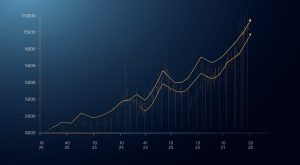
Blue Chip Stocks in 2025: Resilience, Reliability, and Real Growth
Blue Chip Stocks in 2025 remain pillars of market stability and growth, offering investors security, dividends, and consistent long-term value.
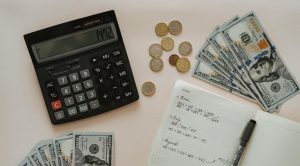
Index Funds in 2025: The Timeless Strategy Thriving in a New Financial Era
Index Funds in 2025 remain a cornerstone of smart investing, balancing simplicity, diversification, and steady returns in a volatile market environment.

Natural Gas in 2025: Balancing Energy Demand and Sustainability
Natural Gas in 2025 plays a pivotal role in global energy transition, balancing affordability, sustainability, and reliability amid evolving markets.
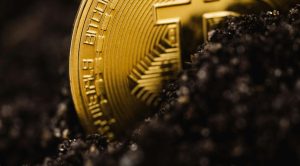
Tokenization in 2025: Redefining Ownership in the Digital Economy
Tokenization in 2025 transforms how assets are owned, traded, and valued, bringing transparency and liquidity to global financial systems.

Earnings Season 2025: What Investors Should Watch for in a Shifting Market
Earnings Season 2025 reveals how corporate results are shaping market confidence, guiding investors through volatility and economic transition worldwide.

Dividend ETFs in 2025: Consistent Income for a Volatile Market
Dividend ETFs in 2025 offer stability and passive income amid market uncertainty, helping investors balance risk and long-term returns effectively.

Copper’s Comeback: Why the Red Metal Is Powering the Next Global Boom
Copper’s comeback in 2025 is reshaping global industries as the red metal fuels electric vehicles, green tech, and infrastructure growth worldwide.
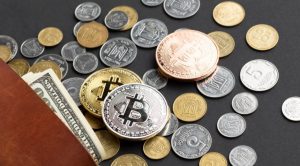
Stablecoins in 2025: The Bridge Between Traditional Finance and Digital Trust
Stablecoins in 2025 are redefining trust between crypto and traditional finance, offering stability, faster payments, and global accessibility for investors.
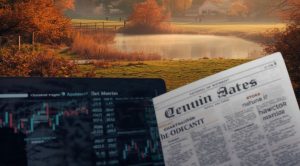
October Stocks: Market Trends and Investment Insights
October Stocks provide a detailed view of market trends, sector performance, and investment opportunities for the month. Explore insights, analysis, and strategies for optimizing portfolios in October.






